In retrospect, perhaps it was inevitable that the horrifying Hamas attack on Israel last Oct. 7—and the escalation of horrors that ensued when Israel invaded Gaza—would light a spark on many U.S. campuses. But few could have predicted the breadth of the repercussions that would ripple out across the world of higher education.
As the vigils became protests and the protests inspired clashes and counterprotests, students and faculty on some campuses split into warring factions while administrators struggled—often unsuccessfully—to honor free speech rights while also protecting students as incidents of antisemitism and Islamophobia on campus multiplied.
Universities were damned if they cracked down on protests and encampments, damned if they didn’t, and damned by conservative pundits and politicians even if they reached a peaceful resolution to end encampments. Those that had become accustomed to taking official stands on political and social justice issues found themselves in a particular bind—while facing intense pressure from donors, politicians and others to both eradicate antisemitism from their campuses and embrace institutional neutrality.
Ultimately, it’s all led to an interrogation of the very purpose of higher education: Should campuses be “galvanizing venues for learning about human rights and liberation,” as one university president writes below? Or should they place restrictions on protest and speech—as many campuses have done with revised policies in effect this fall—and refocus on a purely academic mission, as others argue?
The questions are thorny and fraught, to say the least. So on this anniversary of one of the most contentious years in (and for) higher education in recent memory, we asked a range of higher ed leaders and thinkers to consider how the year just past has affected colleges and universities—and how they can, and should, move forward from here.
No consensus emerges here, of course. But we think the responses below, which have been edited for concision and clarity, offer a kind of model for the kind of thoughtful, balanced and vigorous-but-respectful disagreement that—no matter where you stand—represents the best tradition of higher ed and a reminder of why it’s worth fighting over.
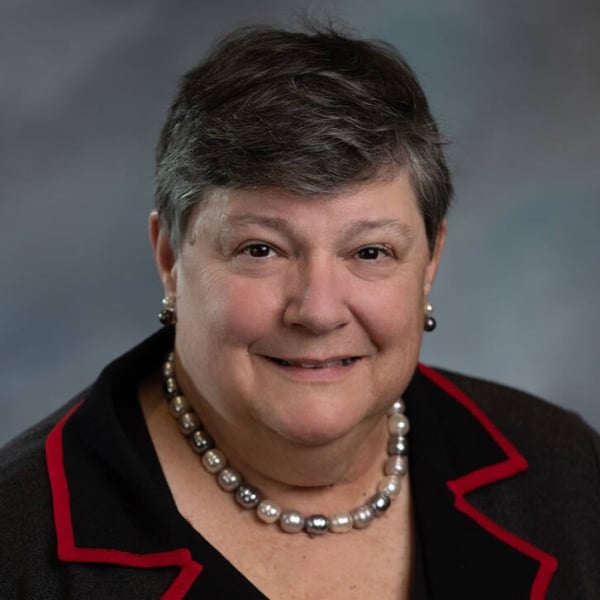
Patricia McGuire, president of Trinity Washington University
Among all places in American life, university campuses should be galvanizing venues for learning about human rights and liberation—essential lessons for our future citizen leaders. Our quads, classrooms and libraries should rock with urgent debates on the profoundly complicated issues at stake in the ongoing construction of the most diverse society in human history as a polity committed to achieving freedom and justice for all.
But on some campuses, after the crises of the past year, the idea of the university seems to be shrinking into itself, squandering the university’s right and responsibility to teach students how to form and express their beliefs with knowledge and purpose. The very idea of fostering a climate of passionate activism has become a potential disciplinary nightmare for students, a repressive risk for faculty, a career-threatening episode for presidents.
Universities themselves need liberation in this fractious moment. We need liberation from the political pressures to “crack down” on student protests. We need liberation from the fear that someone will say or do something offensive; the offensive word or act will surely occur, more than once, and that is where true teaching and learning begins. Whether the topics be genocide or antisemitism, terrorism, the oppression of Palestinians, or the disgraceful history of racial injustice in the United States, universities must be unafraid and unapologetic in teaching the truth, undaunted by any politicians or pundits or donors who want to suppress the right and freedom of the university to teach what it chooses, as it must.
Universities should confront the rising authoritarianism in this nation by modeling a vigorous commitment to free speech and academic freedom, rather than embracing the very tools of authoritarianism to silence protest. University presidents, in particular, need to come out of the bunkers of neutrality and raise our voices to reclaim the high ground for higher education as one of the great counterweights to government in a free society. Today’s protesters will be tomorrow’s leaders; let’s teach them how to do civic leadership with courage and grace.
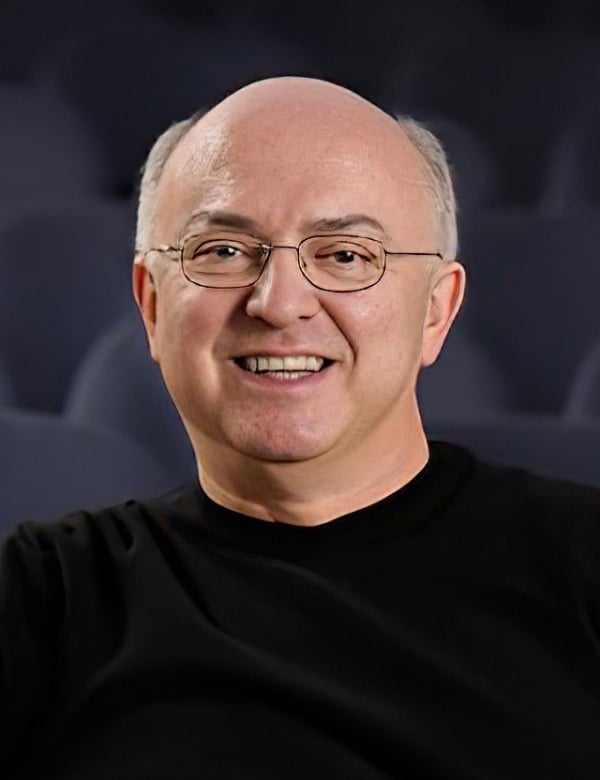
Benjamin Ginsberg, research fellow at the Independent Institute
The events of the past year shed a harsh light on university governance and revealed to the general public something college faculty have long known: Some of America’s great universities are not led by the best and brightest. The testimony presented to Congress by the three stooges (the presidents of Harvard, Penn and MIT) who could not decide whether calls for the genocide of the Jews violated their institutions’ speech codes was shocking to most Americans. The nation expects some measure of moral leadership and intellectual clarity from the presidents of elite universities. We saw, instead, cowardice and witlessness. The way forward is a larger role in college governance for other campus stakeholders, including faculty, alumni and trustees.
The events of the past year also raised concerns about the quality of the education received by American students. It was widely reported that many of the students chanting “from the river to the sea” could not identify the river or the sea in question. This is an illustration of the validity of Hannah Arendt’s observation that we live in a “post-truth” society in which feelings have become decoupled from facts. Some students accept as true what they believe or feel. In seminars, these individuals will begin a comment by saying, “I feel that …” A feeling requires no evidentiary foundation but, rather, creates its own reality. Parents must be delighted when they discover that their tuition dollars have helped their children learn to validate their feelings.

Brett Sokolow, chair of the board at TNG Consulting and the Association of Title IX Administrators
The “protest contagion” of 2024, where similar and simultaneous protests and counterprotests spread from campus to campus, has pitted warring factions against each other. International students whose families (and ancestors) have been locked in sectarian struggles around the world have found those struggles now perpetuated in their campus environments, attracting allies and opponents to plights that may be rooted in colonialism, occupation, liberation, self-determination and genocide. These clashes and campus responses raise important questions about competing values and the balance between free speech and Title VI of the Civil Rights Act of 1964 that are yet to be reconciled.
Before Oct. 7, 2023, campuses—especially public universities—viewed themselves as forums for social issues. They allowed encampments, held back on engaging law enforcement and even incorporated protests into academic discourse. Yet, it did not take long for colleges to reconsider this openness in light of the impact of the protests. Shutting down campuses, canceling classes, moving to remote instruction and eliminating commencement ceremonies hits at the core of what colleges are and do. Colleges realized that while protests could enliven the academic enterprise, they could also fundamentally interfere with it or even shut it down (temporarily).
If colleges are faced with an existential choice about whether to be forums for public debate or forums for academic exploration, they have to choose academic exploration. Otherwise, they cease to be colleges. Many colleges have now recentered their positions and missions to encourage speech and protest, but only to the extent that it does not threaten the educational mission. The threshold for what is acceptable has been recalibrated. As we head into 2025 and beyond, there will be tolerance for free speech and protest—but not of foment, unrest, vandalism and violence. Protests must fit within, not supplant, those mission-centric functions, and many campuses learned this lesson the hard way.
What remains? The clash of free speech and Title VI is the next frontier. Courts demand protection of free speech while the Education Department’s Office for Civil Rights expects protection from hostile environments created on the basis of ethnic characteristics and shared ancestry. Are those aims reconcilable, or are they fundamentally at odds? Only 2025 will tell us how colleges caught between these competing values will thread this needle.
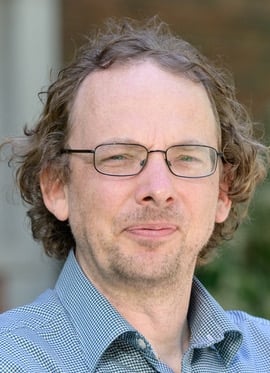
Isaac Kamola, director of the Center for the Defense of Academic Freedom at the American Association of University Professors and associate professor at Trinity College
During the past year, we experienced the intensification of a manufactured culture war backlash aimed at educators. For nearly a decade, right-wing think tanks, media outlets and partisan politicians have stoked an outrage machine seeking to delegitimize higher education, accusing it of being “woke” and “hostile to conservative views” while lacking “viewpoint diversity” and “free speech.”
At its root, such portrayals seek to undermine decades of hard-fought gains aimed at making higher education live up to the promise of serving a multiracial and multivocal democracy. And in response to the massive 2020 Black Lives Matter protests and growing trans and queer visibility, this backlash evolved and intensified into an onslaught of legislation imposing academic gag orders, closing DEI offices and facilitating political interference in the curriculum.
During this past year, many politicians, right-wing think tanks and media outlets proved all too willing to fold recent campus protests into their preferred culture war narrative. For example, six days after Oct. 7, Christopher Rufo posted that “conservatives need to create a strong association between Hamas, BLM, Democratic Socialists of America and academic ‘decolonization’ … attack, delegitimize and discredit.” Those who previously championed campus free speech when applied to conservative speakers remained silent as students and faculty were arrested for protesting violence in Gaza. Already facing pressures from right-wing culture warriors, many college and university leaders failed to offer a robust defense of academic freedom. Instead, they repeated and validated well-trod culture war tropes, opting for short-term political expediency.
Higher education can recover from this dire situation. In the immediate term it requires actively and explicitly rejecting the culture war portrayals of higher education and upholding an uncompromising commitment to academic freedom and intellectual inquiry free from external influence. In the longer term, it requires making sure that all Americans can see themselves in our colleges and universities, which fundamentally entails making higher education accessible to all members of the multiracial and multivocal democracy we are fighting to create.
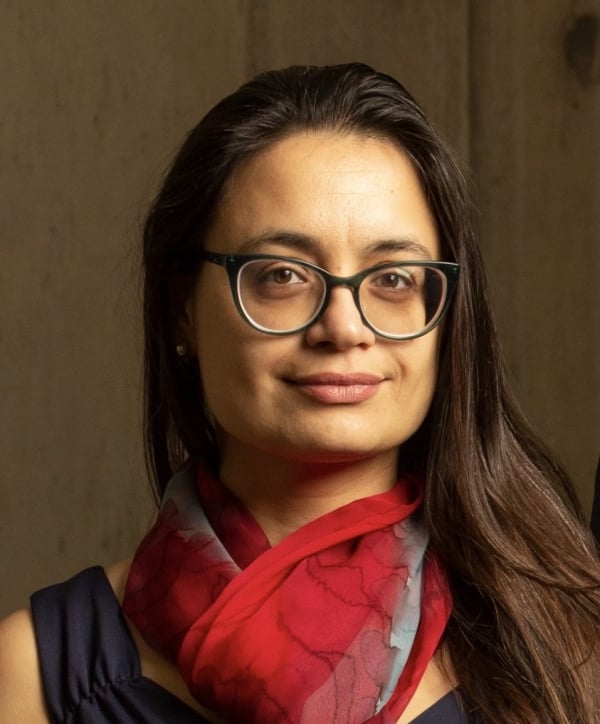
Amna Khalid, associate professor of history at Carleton College
This past year has laid bare the limitations of the model of inclusion and belonging that most institutions have embraced in the name of promoting diversity. Just days after Oct. 7, it became apparent that the Disneyfied version of inclusion that promises to create “environments in which any individual or group feels welcomed, respected, supported and valued” is not tenable. Jewish students’ complaints about pro-Palestinian protests undermining their sense of belonging competed with Arab and Muslim students’ allegations that they felt threatened by pro-Israel expression. Protecting one group’s sense of belonging and inclusion meant infringing on the other group’s freedom to express their feelings and views.
The discourse of harm, which undergirds most institutional initiatives to further diversity, inclusion and belonging, can and will be weaponized and wielded by all sides to silence their opponents. This discourse is the lingua franca of a model of education that prizes safety and security above all else—not physical safety, but emotional and psychological safety. The working assumptions here are that students are intellectually and emotionally vulnerable when confronted with challenging content; that identity-based harm is particularly pernicious; and that some ideas are so dangerous—so harmful to individual psyches, so detrimental to society at large—that they must be banished from public school classrooms altogether, from kindergarten to college.
Those on the progressive left who were trafficking in the discourse of harm to advocate for restricting speech on campus prior to Oct. 7 saw their rhetoric boomerang and limit their own speech. On the other side, politicians and donors of a certain persuasion, who posed as champions of freedom of expression, were suddenly leveling claims of harm to push for campus speech to be more tightly regulated.
This is not an environment where open inquiry or learning can flourish. Nor is it conducive to fostering diversity and talking across differences—a prerequisite for addressing the wicked issues (complex, thorny problems that don’t have clear solutions and where values are in conflict) we face, of which the conflict in the Middle East is but one.
For higher education to contribute meaningfully to the public good and help solve wicked problems, it is imperative that we move away from a safety-and-security model of education to one that centers the importance of risk-taking for real learning. It is only by embracing the discomfort inherent in listening to and contending with viewpoints contrary to and different from one’s own that we can even begin to realize the true and invaluable benefits of diversity, especially when it comes to wrestling with knotty, charged and complicated problems.
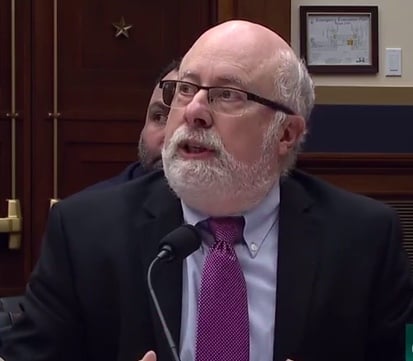
Kenneth Stern, director of the Bard Center for the Study of Hate and author of The Conflict Over the Conflict: The Israel/Palestine Campus Debate
Some of the short-term crisis-management responses to Oct. 7 have been positive: Dartmouth professors quickly modeling how to have respectful disagreement, for instance, or Williams president Maud Mandel issuing a statement about why the school is neutral on politics while also supporting students shaken by the attack and its aftermath. Others have been counterproductive, like the banning of Students for Justice in Palestine in some places just for their expression and the rush to arrest students encamping at Columbia.
Universities are struggling with how to cultivate an environment in which all students are not only physically safe and feel welcome, but where free speech and academic freedom are understood, emphasized and protected. They face challenges from inside (donors and others) and outside (members of Congress and edicts like the one in Florida to search courses for the use of terms like “Israel” and “Zionism”).
More important than short-term responses are projects to mine the “conflict over the conflict” to improve the campus for the long haul. Some universities have established programs designed to facilitate discussion across differences. But the goal ought to be the creation of new courses—and incentives for faculty to teach them—on hate (including why and how humans default to “us” versus “them” buckets), antisemitism, Islamophobia, academic freedom and so much more. For instance, Bard colleagues, seeing students sling words such as “genocide,” “antisemitism” and “settler colonialism” as rhetorical weapons, offered a class on what these terms mean and why people hear them differently. Schools that see discipline as the first step out of the crisis will do much worse than those whose first instinct is to teach out of it.
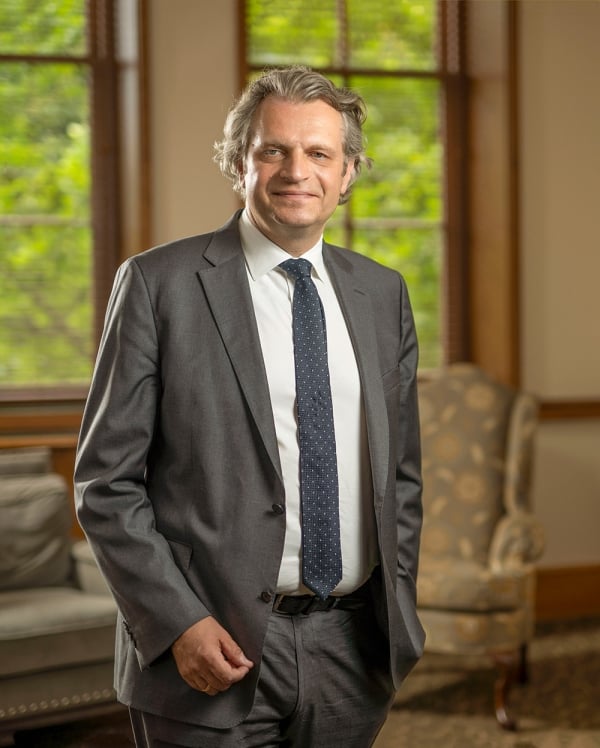
Daniel Diermeier, chancellor of Vanderbilt University
The politicization of higher education has been going on for a while, and it has not been addressed in a sufficiently forceful fashion by university leaders. What’s different now is that the issue grabbing everybody’s attention and creating the conflict on campus has two sides. It’s not just one activist side that’s pushing and then there’s nobody on the other side that’s forceful. That has made it blatantly obvious that the politicization of campuses is a bad thing. It undermines the proper functioning of universities and has tremendously negative consequences, if not handled properly, for our students and for the reputation of universities over all. But it also creates opportunities for universities to remind themselves what their purpose is and reaffirm that in words and in deeds.
Act according to your purpose and then communicate that clearly. The moment we go beyond our purpose and try to be something we’re not—especially in a hyperpolarized environment—that ends badly.
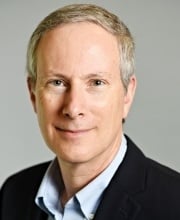
Derek Penslar, William Lee Frost Professor of Jewish History at Harvard University and director of Harvard’s Center for Jewish Studies
The past year has witnessed an acceleration and intensification of pre-existing trends towards polarization and the weakening of bonds between students as members of a campus community. Debates over Israel and Palestine are a symptom of this much larger problem. At Harvard from the 1980s until the 2010s, there were serious disagreements between students who identified as pro-Israel or pro-Palestine, but they also sought dialogue with each other and broke bread together. At Harvard a decade ago, I was pleasantly surprised to see visibly Muslim students having dinner at Hillel, confident that the food, being kosher, was also halal, and engaged in conversation with visibly Jewish students.
In recent years, that conviviality has ebbed as students have retreated into ideological enclaves within the university and, thanks to social media, anchored themselves in extramural virtual communities of the like-minded. This hardening of boundaries helps account for the fierceness of on-campus protests and disruptions over the past year.
There are other reasons as well: The growing diversity of our universities has given a more powerful voice to previously underrepresented American minorities and to international students who identify with the Palestinian cause. These changes can be of great benefit to the intellectual life of a university if they encourage the expression of diverse viewpoints in an atmosphere of respectful curiosity and sympathetic engagement. But all too often that has not been the case. Across the university, Jewish students who have attachments to Israel have been bullied, excluded and shunned. At the same time, Jewish students who identify as pro-Palestinian have faced harsh criticism from Jewish organizations on campus.
Unlike previous protests such as those over the Vietnam War or South African apartheid, in this case the campus community is deeply divided. The only way forward is a concerted effort—from the university’s senior leadership down to the capillary administration of student life and reaching from the letter of admission to commencement—to reshape the university into a community in its own right, devoted to the cultivation of constructive disagreement and underpinned by respect for its members’ common humanity.
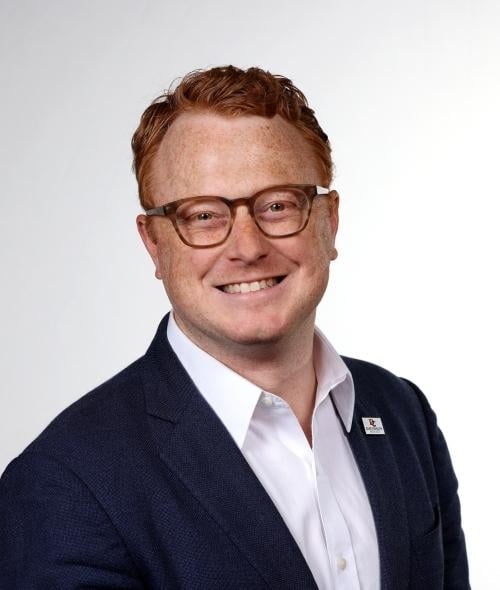
Chris Marsicano, associate professor at Davidson College and founding director of the College Crisis Initiative
The past year’s developments in the Gaza-Israel conflict have significantly altered the landscape of higher education, especially regarding student activism and institutional response. We’ve seen a resurgence of divestment movements, with students calling on universities to take a clear stance by divesting from companies associated with Israel’s occupation. The protests that spread across campuses last spring created a new wave of activism reminiscent of the anti-apartheid divestment campaigns in the 1980s. Students feel a heightened sense of urgency, using their platforms at the most well-endowed, elite institutions to push for action.
However, universities now face more complex financial and political realities than in the past. Many endowments are heavily invested in private equity and index funds, making it difficult to divest from specific companies without abandoning their obligation to grow the endowment. Moreover, state laws in some places prevent public universities from supporting the boycott, divestment and sanctions movement, making divestment nearly impossible for those institutions. This has created tension between student demands for moral action and the legal and fiduciary obligations of university administrations.
This is a generation of students who decry performative acts, who generally emphasize action over statement and who aim toward career paths of service and direct work. To students, they ask only of their institutions what they ask of themselves: direct action. To institutional leaders, the actions demanded are everything students decry—a performance lacking any major impact. The viewpoint divide between leaders and students on this issue is staggering.
Moving forward, universities need to engage openly with student activists while navigating these legal and financial challenges. The key will be balancing the passion for justice with the practical realities of running complex institutions. If done well, this moment can strengthen universities’ roles as spaces where the next generation of leaders confront global issues with thoughtfulness and integrity.
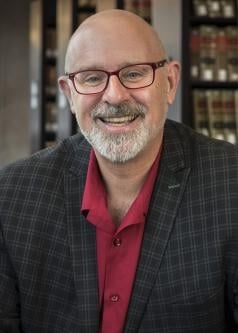
Tom Ginsburg, law professor at the University of Chicago and faculty director of the university’s Forum for Free Inquiry and Expression
After a monumental year for higher ed, some of the trends are positive, including a major shift toward the principles of institutional neutrality under which leaders and departments do not issue political statements about issues that do not directly affect them. I believe this shift occurred because many leaders were reluctant to take a side on a deeply divisive issue, but this silence made them look like hypocrites after years of public commentary on matters far outside their expertise. A general policy of neutrality is good insulation from pressure to speak.
On the matter of academic freedom, the biggest change is the shift of the venerable American Association of University Professors from a position that opposed academic boycotts to a new one that is formally agnostic, considering boycotts a justifiable tactic in some situations. Academic boycotting of Israel is the not-so-veiled subtext. This shift was a terrible move for an organization whose raison d’être is the protection of academic freedom. Academic freedom includes the right of individual scholars to pursue research and collaborate with whomever they want; even if a boycott is merely targeting an institution, it obviously affects the individual scholars there, who may have no say in their institution’s policies. Individual scholars, of course, remain free to boycott anyone or any institution they like, something the prior policy didn’t preclude. But the AAUP shouldn’t be telling us about tactics. It should be speaking up for individual scholars, wherever they are, whose academic freedom is at risk.
There is plenty of work ahead in this regard, because academic freedom had another tough year. There has been a spate of firings over the last several years, and this year saw significant repression of pro-Palestinian academic speech at some institutions. I distinguish this from protest, which is not academic speech—but in any case, it will be subject to more restrictions going forward, as many schools are passing new rules.
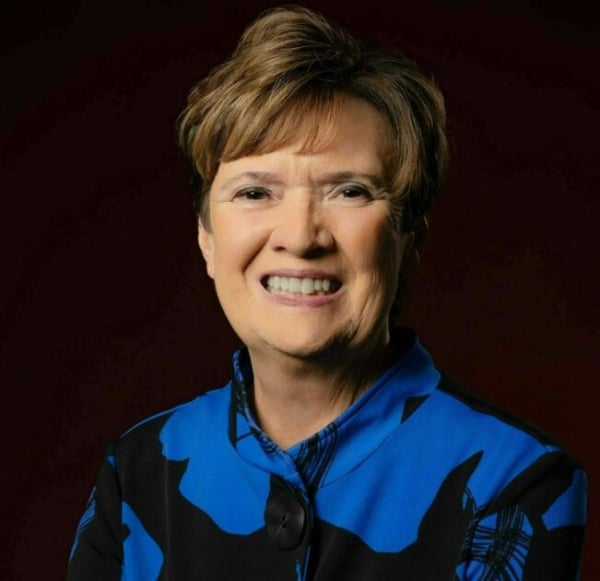
Lynn Pasquerella, president of the American Association of Colleges and Universities
The events of Oct. 7 and the campus protests that followed created a new permission structure for catalyzing the politicization of higher education. One consequence has been burgeoning governmental overreach into the academy in ways that pose an existential threat to American higher education and democracy itself.
The demonization of colleges and universities over the past year has provoked an ongoing backlash. From the unprecedented hearings on the Hill, in which college presidents were called to “answer and atone for” their failure to sanction faculty free speech and student protests often protected by the First Amendment and principles of academic freedom, to the flurry of legislative efforts aimed at advancing specific ideological agendas by imposing educational gag orders, limiting tenure and curtailing shared governance, proscribing certain courses and abolishing DEI offices and programs, there has been a troubling erosion of institutional autonomy.
Moreover, a false narrative emerged in the media that conflated what was happening on a small number of elite college campuses with what was taking place at colleges and universities across the country. This phenomenon undoubtedly exacerbated the growing mistrust in higher education, potentially fueling the weaponization of donations and public funding.
Not surprisingly, there is skyrocketing moral distress among campus leaders—from the classroom to the boardroom—who feel coerced into making decisions they believe are unethical but who feel they have no choice. Forced to continually revisit the question of how much individual injustice should be countenanced for the sake of long-term reform, the experience of moral distress has, at times, morphed into moral injury arising from the repeated erosion of one’s deeply held values. Out of fear of drawing scrutiny, some campus leaders have overcorrected by enacting policies and practices that undermine the free exchange of ideas and unfettered pursuit of the truth, ignoring John Dewey’s admonition that threats to democracy are only successful when breeding hate, suspicion and intolerance becomes a substitute for “giving differences a chance to show themselves.”
Nevertheless, this moment of enormity provides an opportunity to collectively reaffirm higher education’s public purpose as a cornerstone of the American dream and essential driver of social mobility, economic growth and national security. In the process, campus leaders at all levels must remind legislators and those in our communities that the strength of American higher education is derived, in part, from the fact that what is taught inside and outside of our classrooms is protected from direct government control and political influence. Learning and understanding result when different points of view and deeply held beliefs are expressed freely, questioned openly and evaluated critically. Indeed, this is the essential purpose of a college or university in a diverse, democratic society.